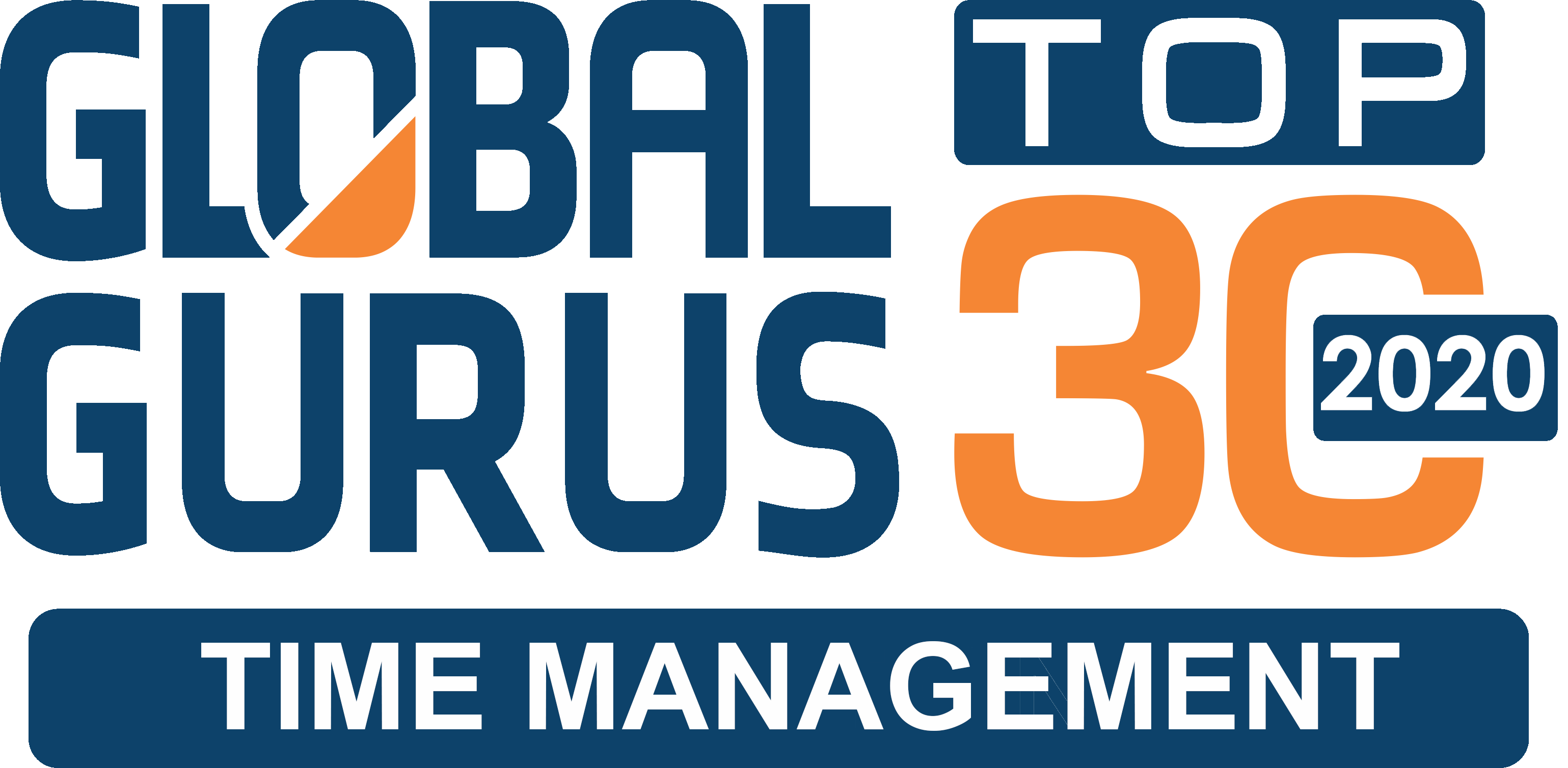“The most empowering condition of all is when the entire organization is aligned with its mission, and people’s passions and purpose are in synch with each other.” — Bill George, former CEO of Medtronic, and leadership expert Peter Sims
“Alignment begins with a constituency of one.” — American inspirational writer Kristin S. Kaufman.
 One of the business world’s standing challenges is aligning long-term organizational strategy with day-to-day operations—the short-term tactics and logistics that combine to ensure the organization stays afloat. Indeed, bringing the two together may represent the most difficult part of a leader’s job.
One of the business world’s standing challenges is aligning long-term organizational strategy with day-to-day operations—the short-term tactics and logistics that combine to ensure the organization stays afloat. Indeed, bringing the two together may represent the most difficult part of a leader’s job.
It’s tough at any level, especially on the front lines where workers have a hard enough time taking care of their basic duties, plus the new initiatives their bosses throw at them. But then, organizational strategy probably doesn’t get much mention in their job descriptions. I’ll bet it does in yours, though. As a leader, you get paid “the big bucks” to align overall goals with the daily routine, because it’s the day-to-day that moves the needle.
I take it as an article of faith—and I trust you do, too—that people do better work when they can engage with and own their jobs. Conversely, they won’t care much if they believe their work doesn’t matter, so show them how it does. I recommend the 3T Method: Tell, Teach, and Train. Each step intertwines with the others at a basic level.
1. Tell. Don’t expect most employees to go out of their way to dig up the company’s mission and vision statements. Instead, meet with each one and tell them exactly why their daily work matters and how it fits into the organization’s overall strategy. Once they realize they matter (and especially that the higher-ups know they do), they’ll be more likely to take ownership of their work. Specifically, your team members need to know:
• The goal. What do you expect them to achieve? How will they know when they’ve arrived?
• Why they should care. Why is the mission important and compelling?
• How to get there. Who’s responsible for what? What specific pieces of the project will they undertake? What’s the timeline for completion? How will you track progress? How will their team members help?
• The final result. What rewards, implicit or explicit, will they receive? How will you hold them accountable for their results?
2. Teach. Once you’ve shown your people how and why they matter, carry it forward by empowering them. As the work situation or industry evolves, keep them in the loop. Post metrics to demonstrate how their work has gotten everyone closer to the finish line. Mentor them, helping them grow into and beyond their jobs so they can step into positions of greater responsibility…and honestly offer them a realistic chance of advancement. Nothing kills engagement like realizing you’re in a dead-end job.
3. Train. Consistently educate your team members in new procedures, software applications, and additions to their job descriptions. Don’t hesitate to help them refine their existing skills. Just because you have one type of hammer doesn’t mean you can use it for all hammering tasks. (Ever try to hang a picture using a sledgehammer?)
Facing the Future
Depending on your situation, you may not find the 3Ts easy to implement. But the concept itself is simple enough. Think of each step as an investment, because in the long run, they will save you money. You’ll find it cheaper to Tell, Teach, and Train a team of dedicated workers who stay with you for years, actively helping you bring strategy and tactics in line with each other, than to constantly find and replace people who have no idea why their work matters—and worse, couldn’t give a flip.


